Through more than seven years on the market, Stardew Valley has somehow managed to remain one of the most popular farming sims out there.
The game, developed by Eric “ConcernedApe” Barone, allows players to bask in the seemingly simple ⏤ but actually quite challenging ⏤ task of running a farm. Delivered in charming, colorful 8-bit art, this game is far more than it seems on the surface. While developing and maintaining a bustling farm ⏤ ranch, really, since you can also add livestock into the mix ⏤ is at the core of this 2016 title, it also incorporates a number of side quests and gameplay options that help the game stay surprisingly fast-paced and interesting.
But this isn’t a story about why you should play Stardew — even though you definitely should — It’s an explainer on how to make your farm as successful as possible. You can rise above the competition by tracking down and planting only the most lucrative seasonal crops. While the initially high cost of seeds might steer new players away from some of the higher-priced crop options, you’ll quickly find that these are the best way to make your farm a success.
The best crops in Stardew Valley
Discerning the best approach to any Stardew game is a truly singular experience, as it entirely depends on how you’d like to approach your game. An emphasis on livestock can yield mayonnaise, cheeses, and that sweet, sweet truffle oil, but if you keep your eye on farming, it’ll eventually pay off in exorbitantly priced bottles of wine.
For anyone aiming to put the majority of their effort into farming, a few crops are clear winners in the lineup of harvest options. Grow these crops to sell for a high price all on their own, or hang onto them a bit longer to transform them into lucrative wines, juices, and preservatives.
Spring crops
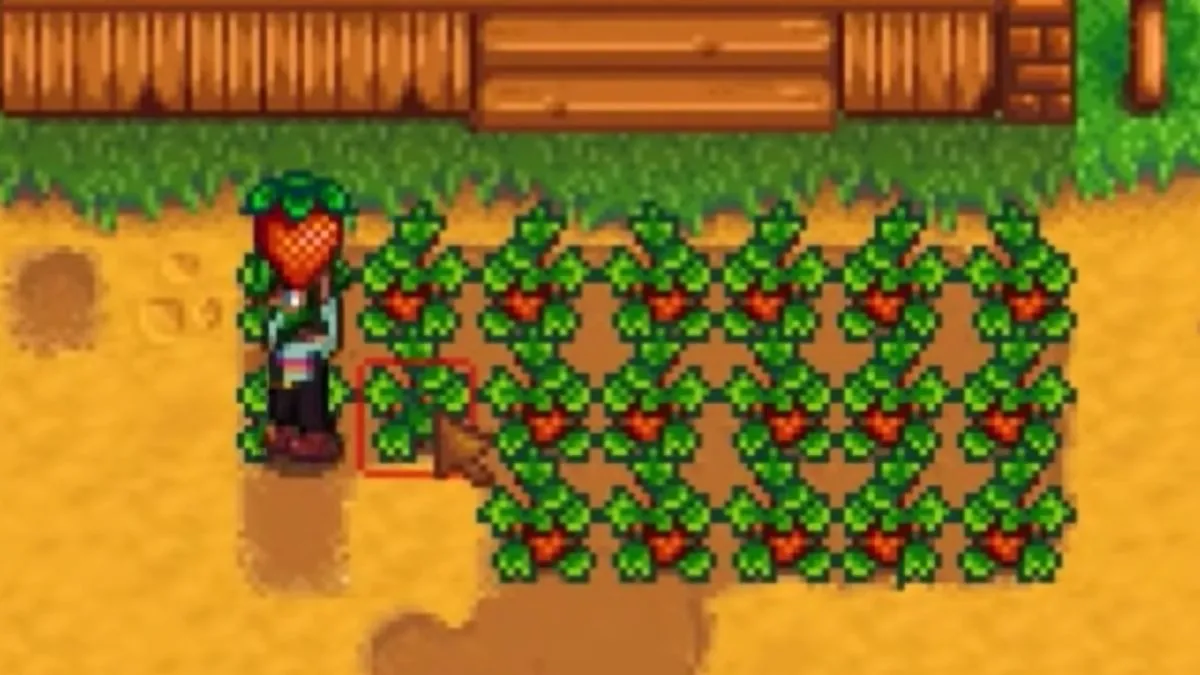
There are a number of spring crops that may look appealing, particularly to first-time players, but many of them are not great options when it comes to earning potential. If you’re looking to rake in cash from sold crops, consider growing cauliflower, potatoes, and rhubarb. All three take a bit longer than other crops, like parsnips, to produce, but they yield far more in the long run. The overall best spring crop to grow are strawberries, a multi-yield crop that, if planted straightaway, will result in numerous harvests.
Summer crops

Once summer rolls around, even first-time players will be somewhat familiar with the process of farming. You’ll want to make sure to invest in a good number of seeds at the outset of the season to ensure as many yields as possible. The best crop to invest in during the summer months is blueberries, another multi-yield crop that can help players quickly rack up cash. Other good summer plants include starfruit, a highly lucrative plant that sells for a mind-boggling amount when made into wine, along with corn and hops, both of which will ⏤ like blueberries ⏤ yield multiple harvests.
Fall crops
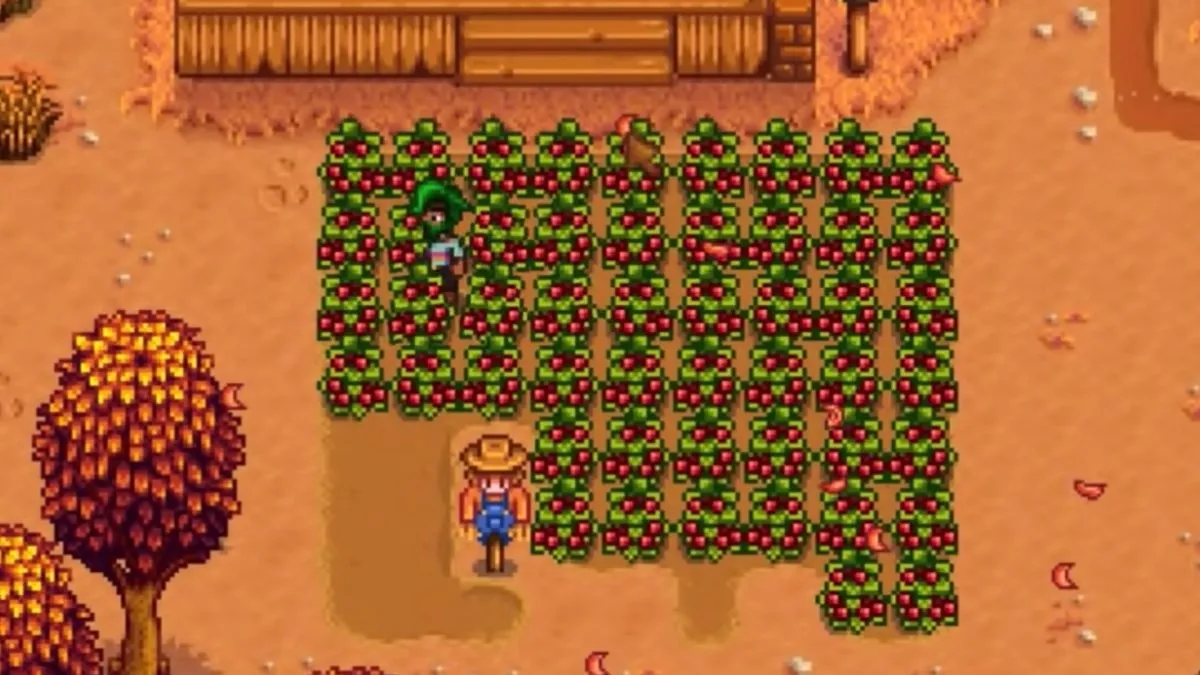
Fall has a few solid options for eager Stardew farmers, though many of them will require more work than the relatively easy hops or strawberries. The best fall crop is easily cranberries, which produce multiple yields per harvest and continue to fruit throughout the season. Other good Fall crops to consider are bok choy, which has a nice, short grow time, and pumpkins, which have the added bonus of potentially producing a giant crop.
Year-round crops
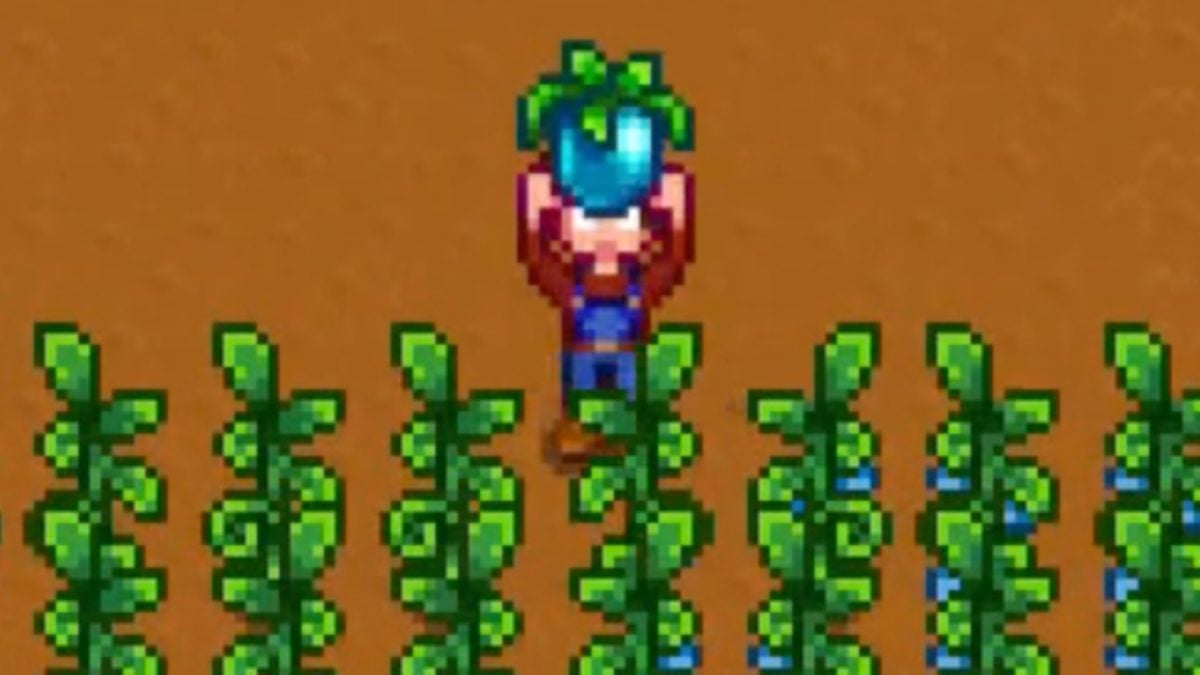
With the greenhouse unlocked, all crops can be grown year-round within its walls, but until players have accomplished this task, you’ll be stuck with primarily seasonal plants. No crops grow during the Winter and even the most stalwart of plants die during the season, so “year-round” crops don’t technically exist without the greenhouse. There are a few good options that can cut down on maintenance and grow in multiple seasons.
The clearest choice for year-round (ish) farming is the ancient fruit tree. Once these trees begin fruiting, they produce a new ancient fruit every seven days. They continue to produce fruit through spring, summer, and fall, but will die during the winter months if planted out in the open. If sold as they are, ancient fruits sell for between 700 – 1125g, depending on star level, and they can be turned into jelly or wine, selling for 1550g and 2250g respectively.
A few other crops that hang out for more than one season are corn, which grows in both Summer and Fall, and coffee beans, which grow in the Spring and Summer.
Tips for successful farming
If you’re planning to focus the majority of your effort on farming, here are a few quick tips to make your next Stardew session a bit more successful.
Prioritize the greenhouse
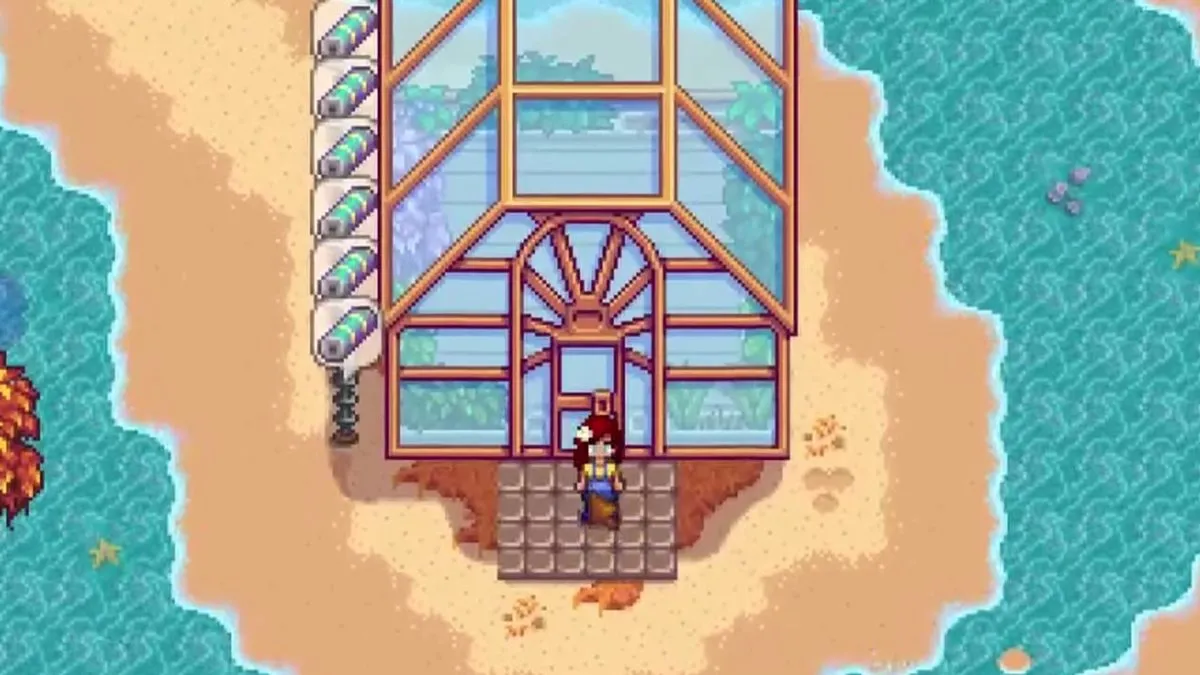
Once you’ve made it a few days into the game, you’ll unlock access to the Community Center. Here, you’ll be able to make donations of specific items to each different room. Once each bundle is completed, a fresh room in the Community Center will be restored, and an area in the world will be unlocked.
Completing the Pantry early on will rebuild a greenhouse on the player’s property. Access to this greenhouse is absolutely vital to a consistent crop income, as the space allows for year-round crop growth. This is particularly convenient when it comes to some of the more lucrative seasonal plants, which can be grown year-round within the greenhouse walls.
In order to complete the Pantry, players will first need to unlock it by completing a single bundle for any other room. There are six bundles that need to be completed in the Pantry, and chances are good that it will take players a full year ⏤ at minimum ⏤ to unlock this space. Still, it’s worth it in the long run, so make sure to keep an eye out for these items.
For the Spring Crops Bundle, players will need to gather and deliver one parsnip, one cauliflower, one green bean, and one potato. It rewards players with 20 packs of Speed-Gro upon completion.
The Summer Crops Bundle requires one tomato, one hot pepper, one blueberry, and one melon. In return for completing the bundle, players are rewarded with a quality sprinkler.
The Fall Crops Bundle requires one corn, one eggplant, one pumpkin, and one yam. Upon completion, players are rewarded with a beehive.
The Quality Crops Bundle requires five gold star parsnips, five gold star pumpkins, five gold star melons, and five gold star corn. It rewards players with a preserves jar upon completion.
The Animal Bundle allows players to choose any five items from a list. The list includes one large cow’s milk, one large brown egg, one large white egg, one duck egg, one large goat’s milk, or wool. In return for completing the bundle, players will be rewarded with a cheese press.
The Artisan Bundle follows the Animal Bundle in allowing players to choose any six items from a list. The list includes one cloth, one jar of truffle oil, one block of cheese, one block of goat cheese, one jar of honey, one jar of jelly, one apple, one apricot, one orange, one peach, one pomegranate, or one cherry. After delivering all of the items, players will be rewarded with a keg.
Once all six bundles are completed, the dilapidated greenhouse on the player’s property will be restored to its full glory. There, you’ll be able to grow crops to your heart’s content year-round.
Plant your crops carefully
Different kinds of crops require different planting methods. Trellis plants can’t be walked through, which means that you’ll want to plant them in a line, to the far side of your farming area if possible. Other plants are easier to manage when planted in specific patterns to ensure maximum watering capabilities.
Trellis plants
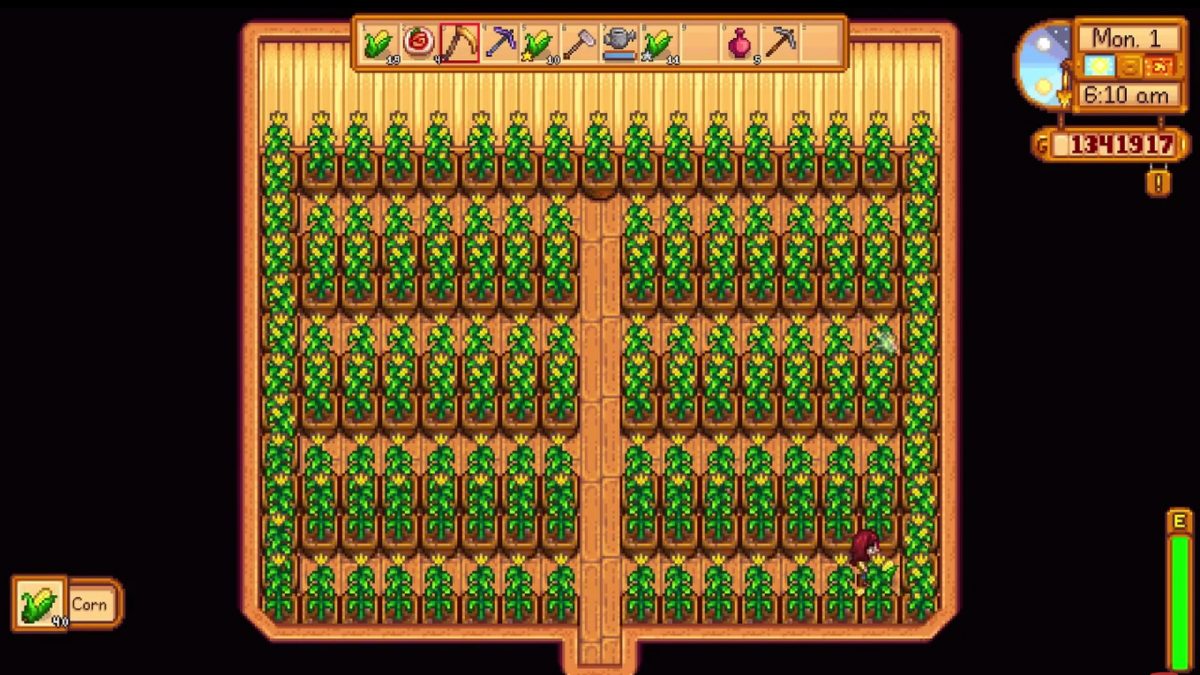
As noted above, while most plants can be easily walked over, any plants that grow on a trellis are the exception. They are impassible once planted and can create a real hurdle on your farm if not planted properly.
When it comes to crops like green beans, hops, and grapes, try to plant them in rows off to the side of your farming area to ensure that they don’t clutter up your commonly-traversed spaces.
Melons, Cauliflower, and Pumpkins
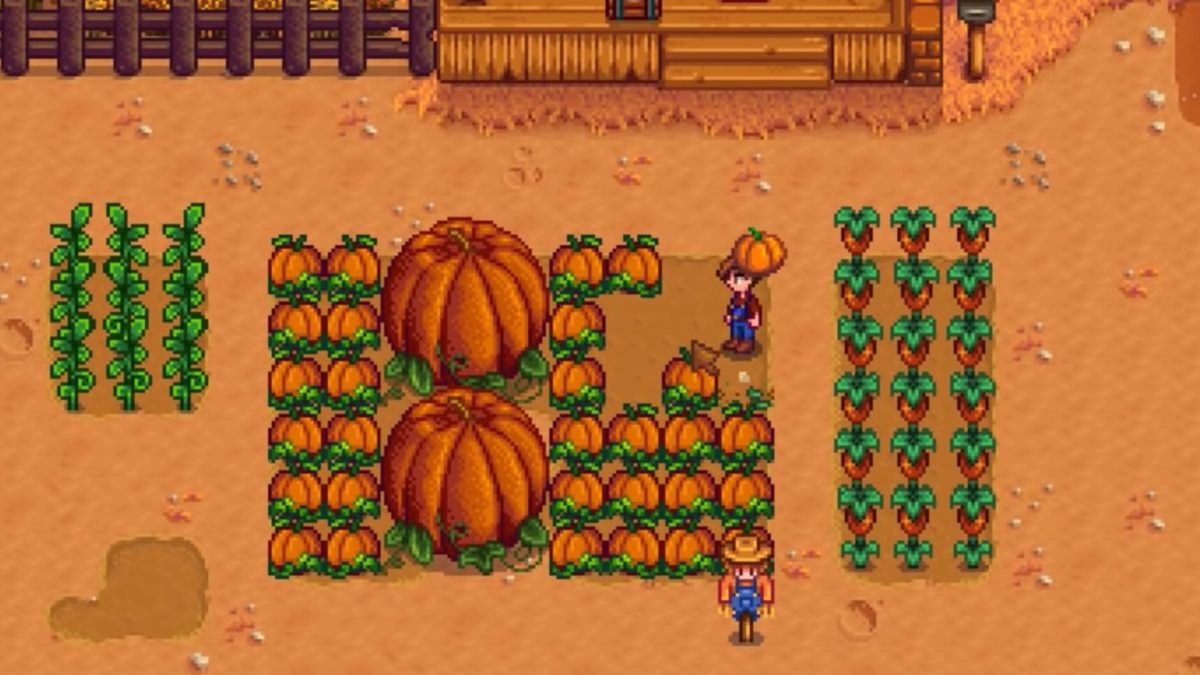
A select few crop types can yield a special bonus when planted correctly. Melons, cauliflower, and pumpkins all have the potential to yield “giant crops” when planted in 3X3 squares with no space left in the middle for a sprinkler. This design will mean that players early in the game have to do the watering for these crops themselves, rather than rely on a sprinkler, but is ultimately worth the behemoths you have a chance of growing.
Other plant types
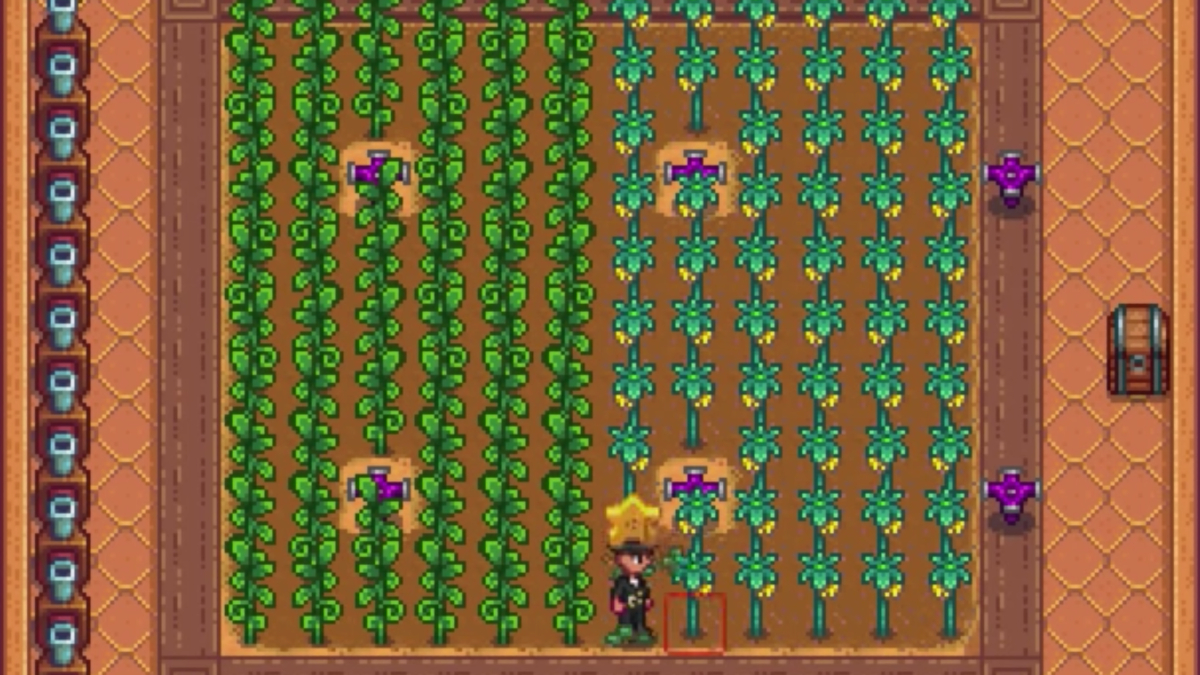
Pretty much every other Stardew crop is easiest to manage when planted in 3X3 plots with a sprinkler planted smack dab in the middle. A quality sprinkler is capable of watering all eight plants around it when placed at the center of this design, and an iridium sprinkler can go even farther — watering a full 24 adjacent tiles. If you can muster up enough sprinklers to cover all your crops, you’ll be freed of the most time-consuming aspect of farming.

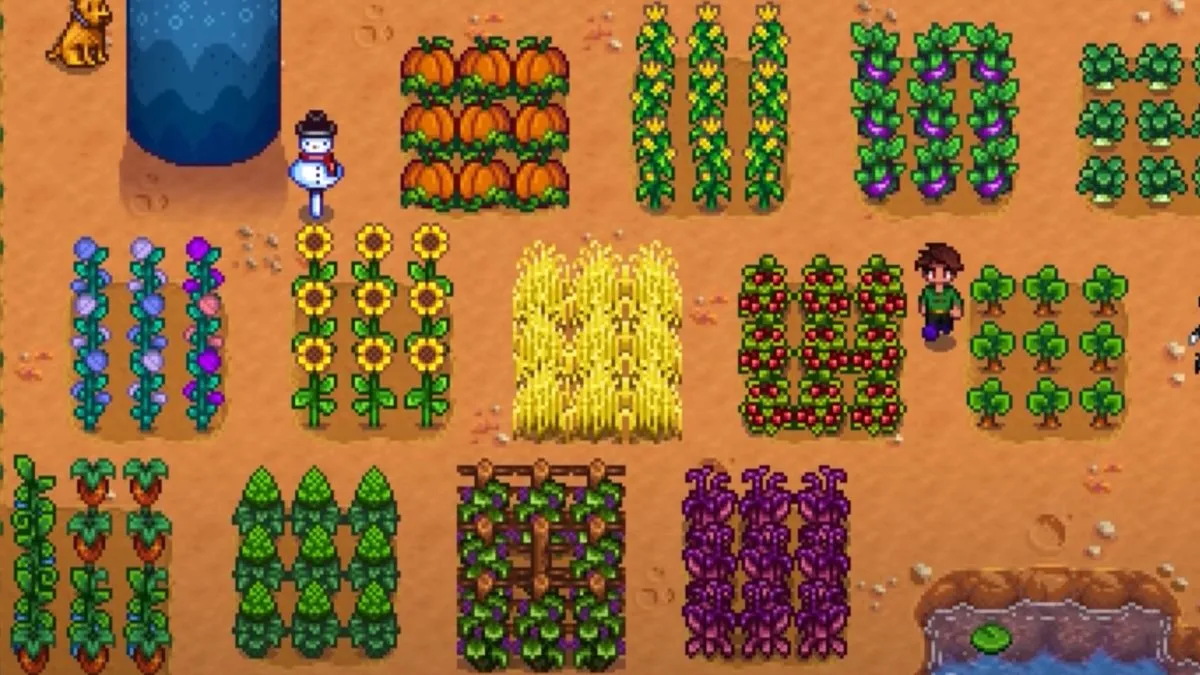













Published: Aug 16, 2023 02:43 pm